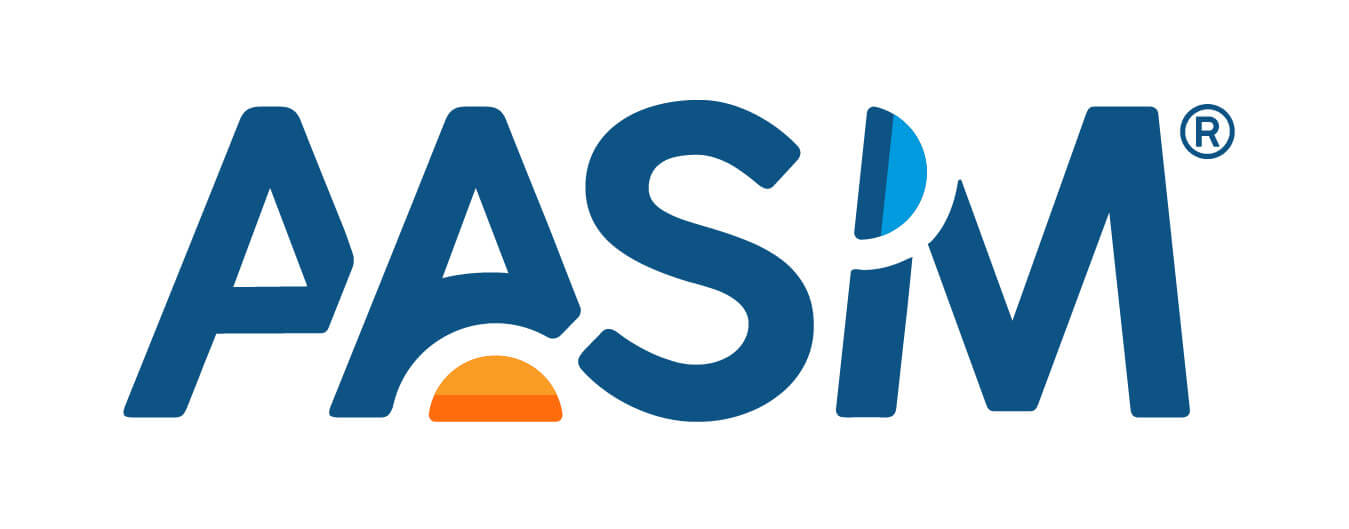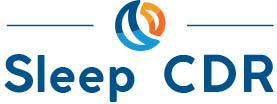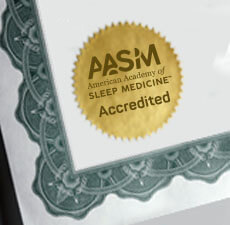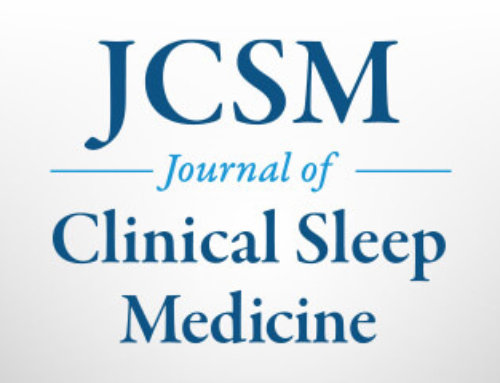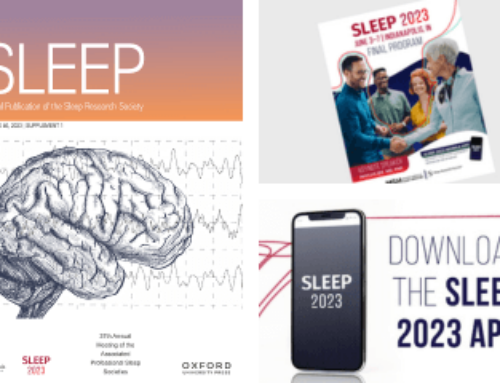In May 2005, the Centers for Medicare & Medicaid Services (CMS) National Coverage Determination (NCD) for continuous positive airway pressure (CPAP) therapy for obstructive sleep apnea (OSA) stated sufficient evidence does not exist to conclude an unattended portable monitoring study is “reasonable and necessary” in the diagnosis of OSA. Thus, portable monitoring is not covered currently by CMS and only polysomnography performed in a “facility-based sleep study laboratory can be used to identify patients with OSA requiring CPAP.”
Following is the NCD as published by CMS in June 2005:
- General
Continuous positive airway pressure (CPAP) is a non-invasive technique for providing single levels of air pressure from a flow generator, via a nose mask, through the nares. The purpose is to prevent the collapse of the oropharyngeal walls and the obstruction of airflow during sleep, which occurs in obstructive sleep apnea (OSA).
- Nationally Covered Indications
The use of CPAP is covered under Medicare when used in adult patients with moderate or severe OSA for whom surgery is a likely alternative to CPAP. The use of CPAP devices must be ordered and prescribed by the licensed treating physician to be used in adult patients with moderate to severe OSA if either of the following criterion using the Apnea-Hypopnea Index (AHI) are met:
- AHI greater than or equal to 15 events per hours, or
- AHI greater than or equal to 5 and less than or equal to 14 events per hour with documented symptoms of excessive daytime sleepiness, impaired cognition, mood disorders or insomnia, or documented hypertension, ischemic heart disease, or history of stroke.
The AHI is equal to the average number of episodes of apnea and hypopnea per hour and must be based on a minimum of 2 hours of sleep recorded by polysomnography using actual recorded hours of sleep (i.e., the AHI may not be extrapolated or projected).
Apnea is defined as a cessation of airflow for at least 10 seconds. Hypopnea is defined as an abnormal respiratory event lasting at least 10 seconds with at least a 30 percent reduction in thoracoabdominal movement or airflow as compared to baseline, and with at least a 4 percent oxygen desaturation.
The polysomnography must be performed in a facility-based sleep study laboratory, and not in the home or in a mobile facility.
Initial claims must be supported by medical documentation (separate documentation where electronic billing is used), such as a prescription written by the patient’s attending physician that specifies:
- A diagnosis of moderate or severe OSA, and
- Surgery is a likely alternative.
The claim must also certify that the documentation supporting a diagnosis of OSA (described above) is available.
- Nationally Non-covered Indications
Effective April 4, 2005 CMS determined that upon reconsideration of the current policy, there is not sufficient evidence to conclude that unattended portable multi-channel sleep study testing is reasonable and necessary in the diagnosis of OSA for CPAP therapy, and these tests will remain noncovered for this purpose.
- Other
N/A
In April 2007, the American Academy of Otolaryngology – Head and Neck Surgeons (AAO-HNS) requested CMS review 240.4. CMS agreed to this review, and is currently evaluating new evidence on portable monitoring as well as cost effectiveness of this therapy compared to traditional in-facility polysomnography. MedCAC held a public hearing on September 12, 2007, to receive opinions from representatives of the sleep medicine community and industry.
On December 14, 2007, CMS posted online the Proposed Decision Memo for Continuous Positive Airway Pressure (CPAP) Therapy for Obstructive Sleep Apnea (OSA).
CMS is expected to publish the decision memo in the Federal Register by March 14, 2008.
